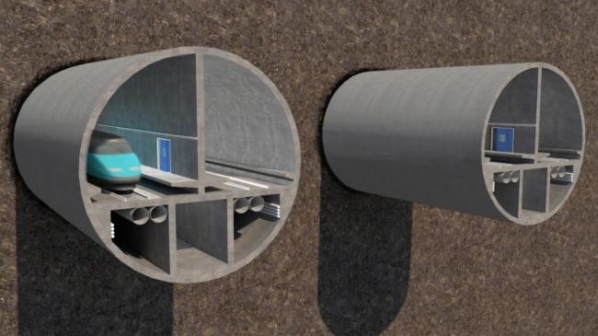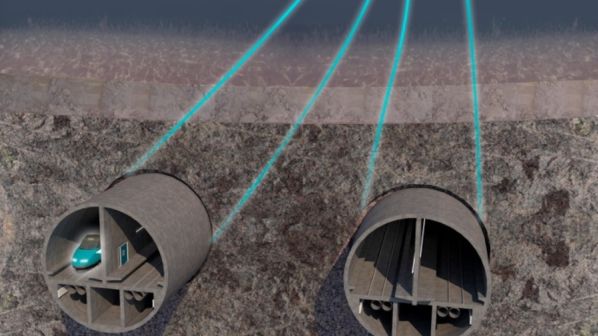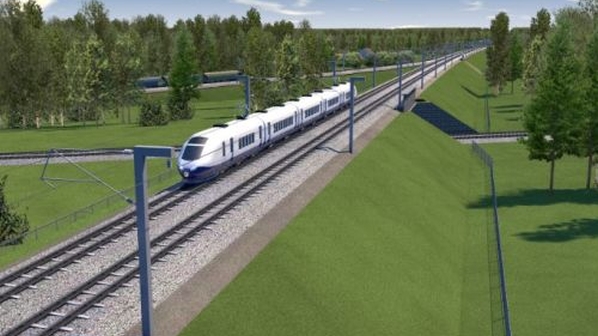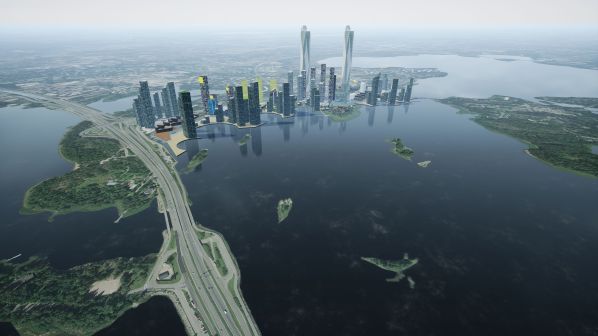THE Administrative Court of Estonia has ruled that the request to undertake an environmental impact assessment (EIA) process for the construction of a rail tunnel between Estonia and Finland must be considered again, saying that a ruling against the project by the Estonian Ministry of Finance and the Consumer Protection and Technical Regulation and Advisory Board (CPTRA) was unlawful in its reasoning.
Finest Bay Area Development, the private company hoping to build the 103km tunnel from Tallinn to Helsinki, said the new ruling was a significant step forward for the f the project. The founders of Finest Bay Area Development, Mr Peter Vesterbacka and Mr Kustaa Valtonen, had initially set a tentative opening date for the tunnel of December 24 2024.
Finest Bay Area Development says CPTRA’s 2021 decision, which led to the company’s appeal, was subject to strong political influence. The company says the decision-making process also did not comply with legislation on public consultation.
Political support for the project changed in early 2021 following the arrival of a new government in Estonia. Ms Kaja Kallas of the centre-right Reform Party was appointed as Estonia’s first female prime minister following the resignation of her predecessor, Mr Juri Ratas, over an inquiry into a property development scheme.
A coalition agreement between the Reform and Centre parties outlining the new government’s objectives included a major shift towards providing support for the tunnel project.
Finest Bay Area Development began the EIA process in Finland on April 1 2019, and this is continuing.
The cross-border project is coordinated by an ad-hoc working group formed jointly by the environmental ministries of Finland and Estonia, which is monitoring whether the project meets legal requirements, especially regarding environmental impact and international law.
The group has met more than 10 times since 2018, most recently on June 5 when Finest representatives outlined progress made with the project, especially regarding the EIA procedure in Estonia.
Following the court’s decision, the EIA application of December 2018 will now be resubmitted. During the first application process, Finest Bay Area Development had responded to the Estonian Ministry of Economy’s additional inquiries and produced 1500 pages of extra information.
Finest said the ministry’s questions were extremely varied in content and quality, including requests to clarify how many toilets will be on the artificial island being built on the Estonian side for tunnel equipment.
The new rail tunnel between Estonia and Finland has been included in the core EU Trans-European Transport Network (TEN-T).
The project would involve the construction of five stations, including: Ulemiste, next to Tallinn Airport, which will provide a connection with the new Rail Baltica line; The Island, on the artificial island created in the Gulf of Finland using the 80 million mᶾ of material excavated during tunnelling; OtaKeila in Espoo, on the outskirts of Helsinki; and Aviapolis serving Helsinki Airport, which would provide rail connections to Tampere, Turku, Oulu and St Petersburg. A station at a floating island off the Estonian coast at Tallinn was announced in August 2020.
A freight terminal is also planned north of Helsinki Vantaa Airport in Tuusula. This would provide a railhead for freight to moving between Finland and the rest of Europe via Rail Baltica.
For detailed data on rail projects around the world, subscribe to IRJ Pro.





